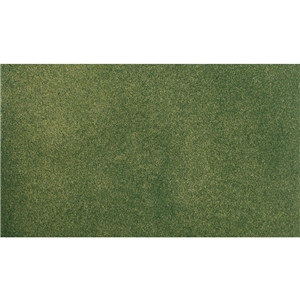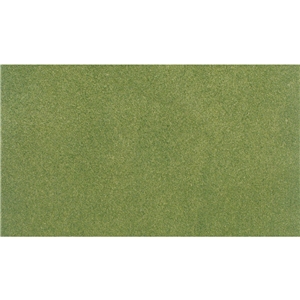Categories
- Cobi-> (100)
- Diecast-> (89)
- Lego-> (157)
- Magazines-> (14)
- Miniature Wargaming-> (464)
- Model Kits-> (610)
- Model Railways-> (6710)
- 00 Gauge-> (3568)
- TT Gauge-> (20)
- N Gauge-> (1559)
- Z Gauge-> (3)
- 0 Gauge-> (636)
- 009/H0e narrow gauge-> (225)
- Bachmann-> (70)
- Locomotives-> (15)
- Diesel
- Steam (15)
- Scenics (16)
- Coaches (4)
- Wagons (35)
- Bachmann 009 Thomas & Friends (9)
- Dundas Models-> (41)
- Heljan-> (8)
- Kato-> (5)
- Liliput-> (2)
- Peco-> (90)
- G Scale (Garden Scale)-> (5)
- HOm-> (11)
- Scenic Items-> (186)
- 016.5/0n30-> (13)
- Backscenes-> (56)
- Gauge 1-> (1)
- HO Scale-> (272)
- Power & Control-> (152)
- SM32-> (1)
- Tools (2)
- Radio Controlled Models-> (17)
- Slot Cars-> (169)
- Table Top Games (28)
- Trading Card Games-> (24)
- Vouchers (5)
- Paint & Tools-> (286)
- Publications (36)
- Expo-> (1070)
- New Products ...
- Featured Products ...
- All Products ...
Copyright © 2024 Hereford Model Centre. Website by Bristol Web Designer Andrew Talbot



